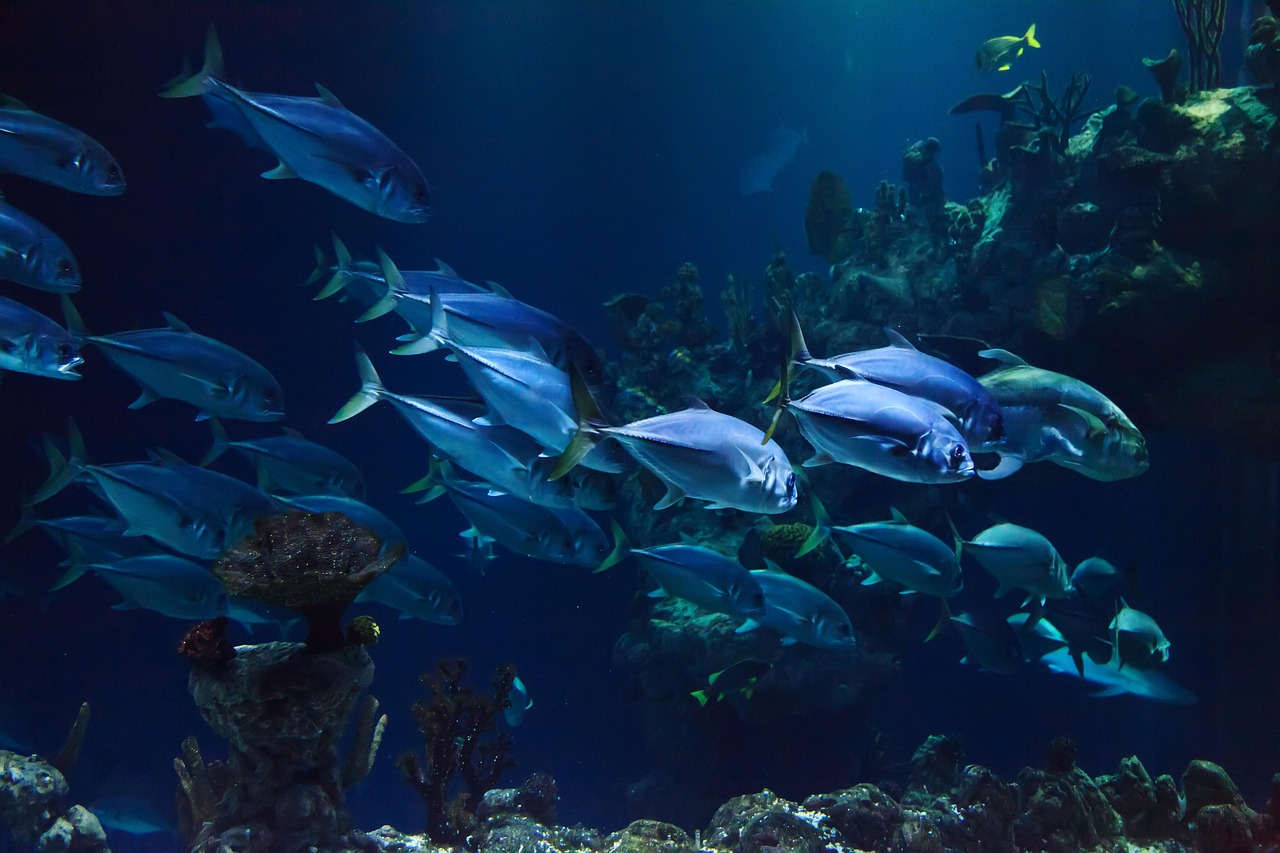Scientists Pioneer DNA-Based Method to Quantify Ocean Fish
(MENAFN) In a groundbreaking development, Australian scientists have pioneered methods to track and quantify fish in the ocean without ever having to catch or directly observe them, utilizing DNA and cells that fish naturally shed into the water.
The research was conducted at a controlled 3 million-liter aquarium in the Aquarium of Western Australia, where scientists tested these innovative technologies to monitor fish populations and assess the conservation status of endangered species. This was announced Monday in a statement from CSIRO (Commonwealth Scientific and Industrial Research Organisation), Australia’s leading science agency.
Marine ecologist Cindy Bessey led the experiments using environmental DNA (eDNA), which consists of genetic material left behind by animals in their environment, according to the statement.
Bessey’s team created a new, efficient method to collect eDNA, replacing the cumbersome process of pumping seawater through large filters. Instead, they designed compact membranes that can be quickly submerged to capture genetic traces within minutes—even in hard-to-reach locations.
In addition, CSIRO scientist Haylea Power adapted medical-grade cell-sorting technology to extract whole fish cells from water samples.
"This new technique means people will be able to use a bucket of seawater to sample fish for genetic studies, instead of needing to catch individual fish," Power stated.
She further emphasized the breakthrough’s significance: "Importantly, we'll be able to count the fish present in a location by using DNA to distinguish between individuals. This is important when monitoring an endangered species or assessing stock levels of a fished species."
Researchers believe these advancements could revolutionize the way marine populations are monitored, offering a rapid and environmentally friendly method to track fish stocks and manage conservation efforts more effectively.
The research was conducted at a controlled 3 million-liter aquarium in the Aquarium of Western Australia, where scientists tested these innovative technologies to monitor fish populations and assess the conservation status of endangered species. This was announced Monday in a statement from CSIRO (Commonwealth Scientific and Industrial Research Organisation), Australia’s leading science agency.
Marine ecologist Cindy Bessey led the experiments using environmental DNA (eDNA), which consists of genetic material left behind by animals in their environment, according to the statement.
Bessey’s team created a new, efficient method to collect eDNA, replacing the cumbersome process of pumping seawater through large filters. Instead, they designed compact membranes that can be quickly submerged to capture genetic traces within minutes—even in hard-to-reach locations.
In addition, CSIRO scientist Haylea Power adapted medical-grade cell-sorting technology to extract whole fish cells from water samples.
"This new technique means people will be able to use a bucket of seawater to sample fish for genetic studies, instead of needing to catch individual fish," Power stated.
She further emphasized the breakthrough’s significance: "Importantly, we'll be able to count the fish present in a location by using DNA to distinguish between individuals. This is important when monitoring an endangered species or assessing stock levels of a fished species."
Researchers believe these advancements could revolutionize the way marine populations are monitored, offering a rapid and environmentally friendly method to track fish stocks and manage conservation efforts more effectively.

Legal Disclaimer:
MENAFN provides the
information “as is” without warranty of any kind. We do not accept
any responsibility or liability for the accuracy, content, images,
videos, licenses, completeness, legality, or reliability of the information
contained in this article. If you have any complaints or copyright
issues related to this article, kindly contact the provider above.
Most popular stories
Market Research

- What Does The Europe Cryptocurrency Market Report Reveal For 2025?
- United States Kosher Food Market Long-Term Growth & Forecast Outlook 20252033
- Utila Triples Valuation In Six Months As Stablecoin Infrastructure Demand Triggers $22M Extension Round
- Meme Coin Little Pepe Raises Above $24M In Presale With Over 39,000 Holders
- FBS Analysis Highlights How Political Shifts Are Redefining The Next Altcoin Rally
- 1Inch Becomes First Swap Provider Relaunched On OKX Wallet






















Comments
No comment